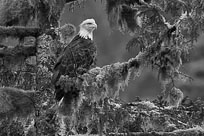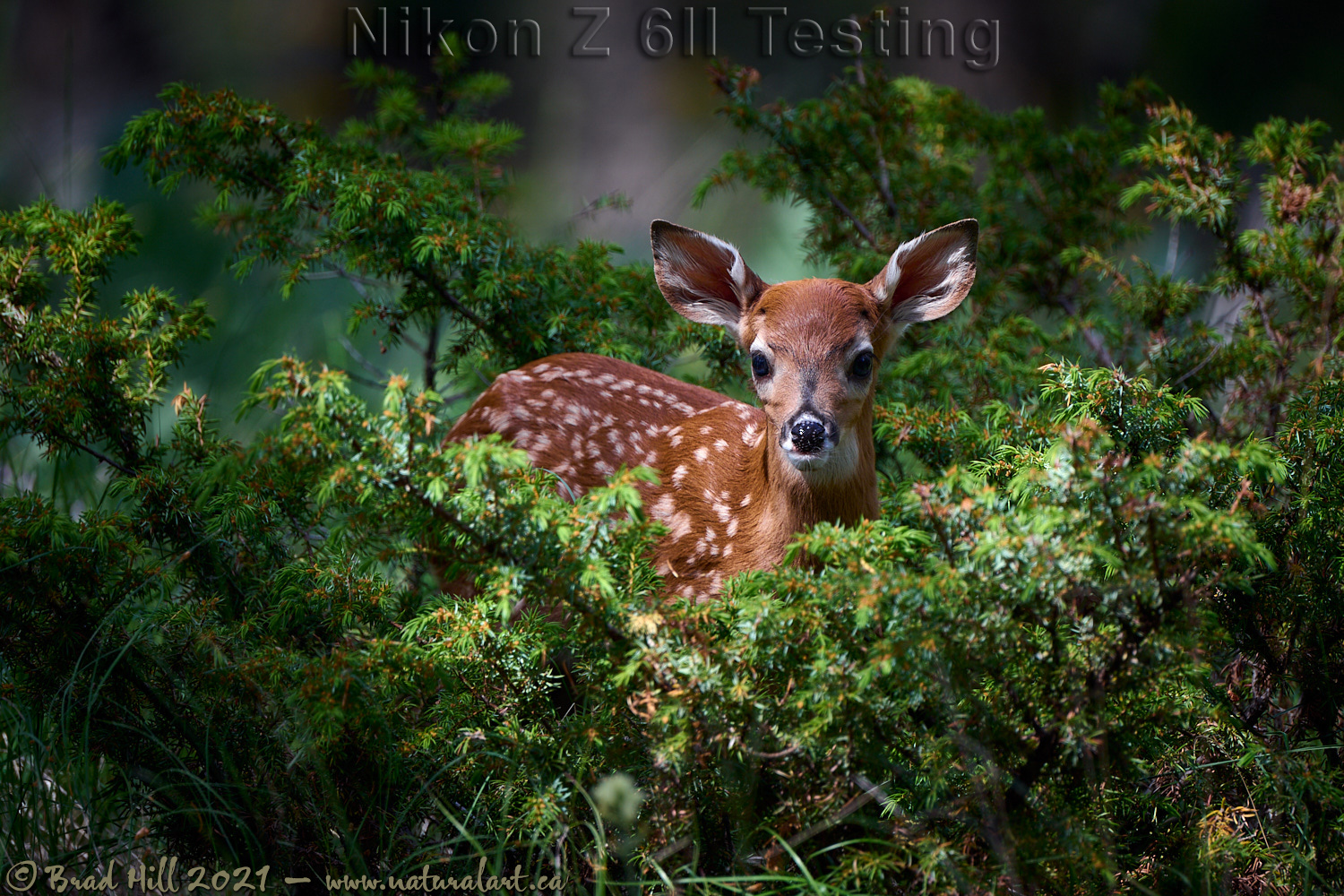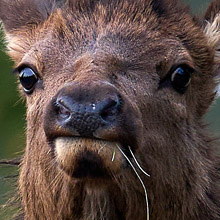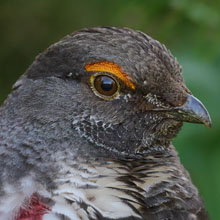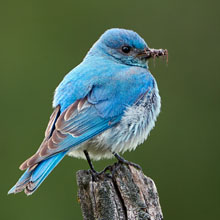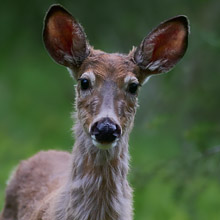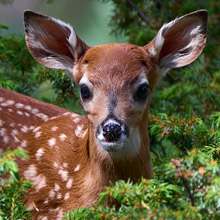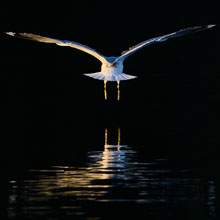Availability: Undetermined - Enquiries?
In the Field
Z 6II Testing - Life Day 1: First Note to Self. Findlay Creek Region (East Kootenays), British Columbia, Canada. June 12, 2021.
This is my eleventh gallery post detailing my experiences with shooting wildlife using the Nikon Z 6II. This go 'round the image is of a one-day old White-tail Deer fawn. I know its exact age because the female gave birth the late in the afternoon before about 40 meters from our cabin. We expected mom to keep the fawn well-hidden for a week or two, but mid-afternoon on the fawn's first full day mom came out of the woods and began grazing on grasses right in front of our cabin. At first we didn't notice the fawn, simply because it was SO small that it was hardly visible above the grass! But a few seconds later it awkwardly walked into an open area and plain sight. We were outside at the time and both mom and fawn were pretty much indifferent to us. Of course, I immediately ran inside and grabbed my favourite, most versatile and "always-ready-to-go" wildlife photography camera/lens combo - my Z 6II paired with the Nikkor 180-400mm f4E. But more on the camera/lens combo later...
So what's going on here (and what's with the "First Note to Self" caption)? Well, minutes after I grabbed my camera the little fawn walked (awkwardly as heck) away from mom. And, she wandered right into the middle of a Common Juniper bush. With the way this particular bush had grown, there was one entrance into the bush between two branches (as you can see on the top left corner of the image), and no other way out. So once in, the fawn had no route through the bush. I watched with fascination as the little fawn tried repeatedly to get through the very prickly bush. Part way through it looked up at me and gave me this priceless look...it almost felt like he/she was asking me how to get out of its current mess! Eventually it turned around and walked out and continued on for about another 10 meters, plopped down on the ground, and promptly went to sleep. I laughed to myself as I imagined it thinking "Note to Self: It's better to go around those prickly things than through them." It was a real "Walt Disney" moment! ;-)
I'm fortunate enough to live in a place where a whole host of wildlife species can suddenly show up right outside our cabin. That list includes a wide variety of birds (everything from Western Tanagers to Bald Eagles), small mammals (Red Squirrels, Yellow-pine Chipmunks), White-tailed Deer and Elk, and a decent list of carnivores (Coyotes, Gray Wolves, Mountain Lions, both Black and Grizzly Bears). Of course, there's no schedule on who's going to show up (or when), so it behooves me to always have a camera and lens sitting in a convenient spot and always ready to go. And right now I have what is definitely my all-time favourite and most versatile "grab it" kit - the Nikon Z 6II with the Nikkor 180-400mm f4E. As most readers probably know, that lens has a built-in 1.4x TC (which I used in this shot) so it covers from 180mm to 560mm, which is a highly useful focal range and just great optically over that entire range. I intentionally have it sitting there with my Z 6II attached (rather than my D6 or my Z 7II) for a variety of reasons, but the most important to me are its great ISO performance, its ability to focus in exceptionally low light (yes, better than the D6), and the instant exposure feedback I get through the EVF (it instantly gives me feedback on whether or not I need to apply exposure compensation, and I can judge how much exposure compensation is needed simply by the brightness of the scene in the EVF).
I'm not expecting to capture prize-winning wildlife shots in my "yard", but the versatility and quality of my current "always-ready-to-go" wildlife kit doesn't hurt my chances. And, on this occasion it permitted me to capture an image with a real high cute factor! ;-)
Here's a considerably larger version (2400 pixel) of this very cute and very independent 1-Day Old:
• Life Day 1: First Note to Self: Download 2400 pixel image (JPEG: 2.0 MB)
ADDITIONAL NOTES:
1. This image - in all resolutions - is protected by copyright. I'm fine with personal uses of them (including use as desktop backgrounds or screensavers on your own computer), but unauthorized commercial use of the image is prohibited by law. Thanks in advance for respecting my copyright!
2. Like all photographs on this website, this image was captured following the strict ethical guidelines described in The Wildlife FIRST! Principles of Photographer Conduct. I encourage all wildlife photographers to always put the welfare of their subjects above the value of their photographs.
Behind the Camera
Z 6II Testing - Life Day 1: First Note to Self. Findlay Creek Region (East Kootenays), British Columbia, Canada. June 12, 2021.
Compressed RAW (NEF) 14-bit format; ISO 160.
Nikon Z 6II paired with Nikkor 180-400mm f4E @ 560mm (built-in TC engaged). Hand-held. VR on and in Sport mode. Single Area AF area mode.
1/200s @ f5.6; -0.7 stop compensation from matrix-metered exposure setting.
At the Computer
Z 6II Testing - Life Day 1: First Note to Self. Findlay Creek Region (East Kootenays), British Columbia, Canada. June 12, 2021.
RAW Conversion to 16-bit PSD file (and JPEG files for web use), including all global and selective adjustments, using Phase One's Capture One Pro 21. Global adjustments on this image were limited to a single tweak to colour saturation. Selective local adjustments performed using Capture One Pro's layers and masking tools. In this case selective adjustments were made on 8 separate layers and included one or more tweaks to contrast (via a Levels adjustment), brightness, blacks, shadows and clarity.
Photoshop modifications were limited to the insertion of the watermark and/or text.
Conservation
Z 6II Testing - Life Day 1: First Note to Self. Findlay Creek Region (East Kootenays), British Columbia, Canada. June 12, 2021.
Species Status in Canada*: This species is not designated as at risk.
White-tailed Deer (Odocoileus virginianus) are one of the most widely distributed mammals in North America - they can be found in virtually all of southern Canada and in most of the American states. While whitetails are common now, in the late 1800's they were in serious risk of extinction - their populations had been reduced from about 40 million (across North America) to under 500,000. The conservation effort to return whitetails to numbers sufficient for long-term survival was massive and included strict harvest regulations, intense management, reintroductions, and habitat protection. Today, most populations in the United States do not represent original stock and the distinction of most historical subspecies is uncertain.
Whitetails resemble Mule Deer quite closely, and the two species overlap in distribution in western North America. The two species tend to prefer different habitats, with whitetails occupying more heavily forested land and along river valley bottoms, while muleys tend to prefer uplands and montane areas. On rare occasions, the two species will interbreed. Occasionally the offspring are fertile, but in most cases they are sterile.
This whitetail fawn was photographed in the Columbia Valley of the East Kootenays. While this species is not currently considered at risk, many ecosystems within the Columbia Valley face development pressure, including pressure from logging operations.
*as determined by COSEWIC: The Committee on the Status of Endangered Wildlife in Canada










